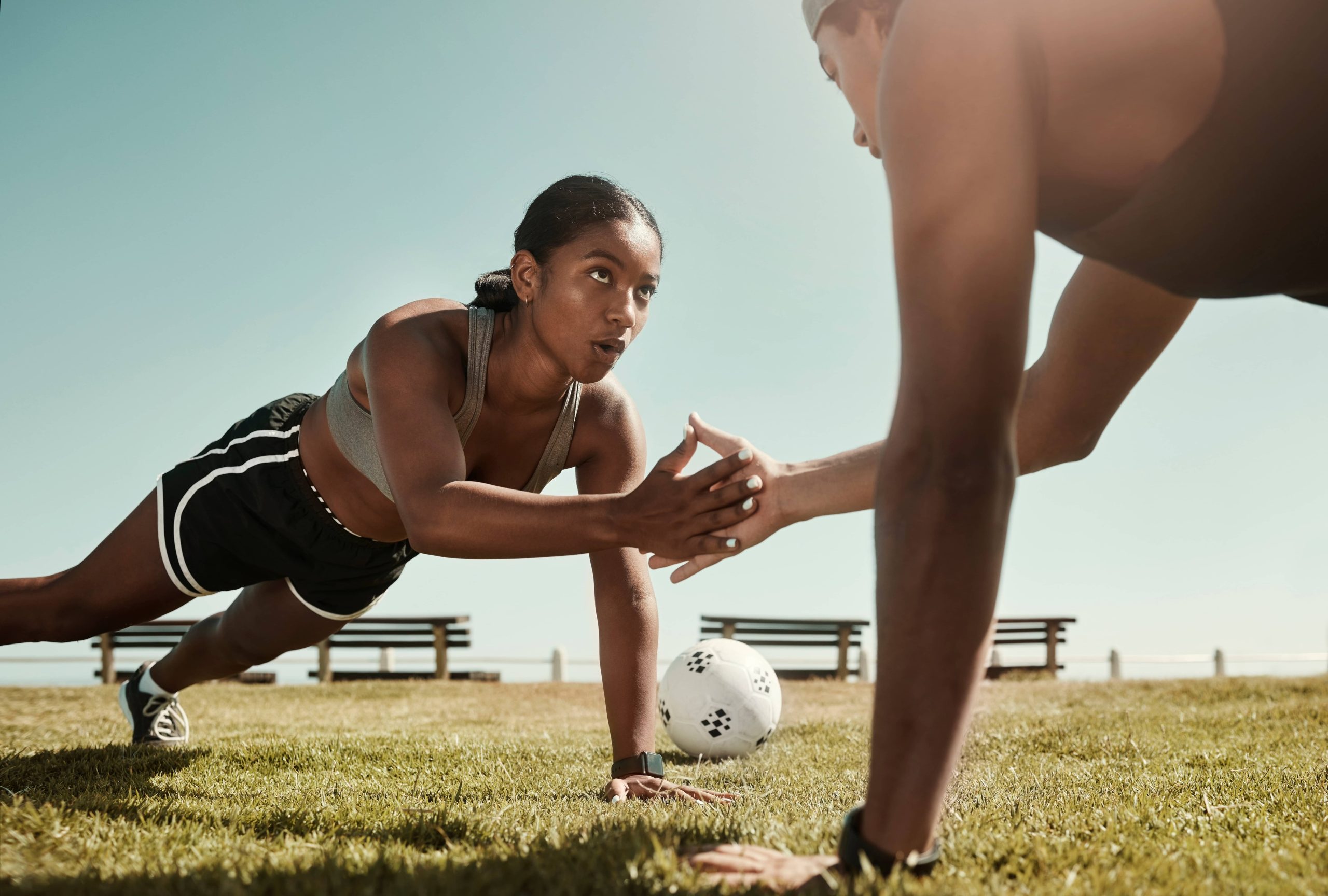
In the ever-evolving landscape of fitness, High-Intensity Interval Training (HIIT) has emerged as a powerhouse for those looking to get in shape, fast. However, with the benefits of HIIT come the inevitable strains and stressors on your body. To balance this intense workout regimen, incorporating yoga can be hugely beneficial. It’s not just a way to cool down; it’s a holistic approach to enhancing your overall performance, improving your recovery time, and giving your body the flexibility and strength it needs to tackle HIIT and other physically demanding workouts.
Understanding the Dynamics of HIIT
Before delving into the symbiotic relationship between yoga and HIIT, it’s essential to understand what HIIT entails. High-Intensity Interval Training consists of short bursts of intense exercise alternated with low-intensity recovery periods. This form of cardiovascular exercise is all about maximizing effort in spurts followed by active recovery. For example, sprinting as fast as you can for 30 seconds followed by a slow walk for a minute is a classic HIIT approach.
HIIT workouts are known to improve cardiovascular health, increase metabolic rate, enhance endurance, and build muscle in a relatively short period. Additionally, research shows that HIIT is incredibly effective for calorie burnout; you can achieve a great workout in a fraction of the time when compared to traditional exercise routines. However, due to its intensity, HIIT can often lead to muscle imbalances, stiffness, fatigue, and increased risk of injury.
The Calming Power of Yoga
Yoga, on the other hand, focuses on breath control, meditation, and specific poses designed to enhance relaxation, flexibility, and balance. It’s a practice that fosters connection between the body, mind, and breath, promoting full-body wellness. Unlike the fast-paced HIIT, yoga embodies a calm and steady approach to body conditioning.
The Perfect Pairing
Much like eating the right foods can enhance your exercise outcomes, balancing HIIT workouts with yoga can synergistically enhance your fitness regimen. Here’s how:
1. Improved Flexibility and Joint Mobility:
HIIT routines are high-impact and can limit joint mobility over time. Incorporating yoga stretches, such as the Standing Forward Bend (Uttanasana) or Downward Facing Dog (Adho Mukha Svanasana), increases flexibility and enhances joint health. These poses target critical muscle groups engaged during HIIT workouts, ensuring your muscles remain supple and ready for the next session.
2. Strengthened Core and Stabilizers:
Strong stabilizer muscles and a robust core are invaluable for HIIT workouts. Yoga poses such as the Plank Pose (Phalakasana) and Boat Pose (Navasana) target the core, enhancing your strength and stability, which are essential for high-intensity exercise movements like burpees, mountain climbers, and jumping lunges.
3. Enhanced Breathing Control:
HIIT often leaves you breathless, emphasizing the need for efficient oxygen usage. Yoga’s focus on deep breathing and controlled breath boosts your lung capacity and enhances your respiratory efficiency. Practices like Alternate Nostril Breathing (Nadi Shodhana) or the yoga pose Fish Pose (Matsyasana) can increase lung capacity and improve breath regulation and efficiency during workouts.
4. Faster Recovery and Reduced Soreness:
Post-HIIT recovery is crucial to muscle repair and growth. Integrating restorative yoga poses like Legs-Up-The-Wall (Viparita Karani) or the Child’s Pose (Balasana) can help reduce muscle soreness by promoting circulation, relaxing the nervous system, and aligning the body effectively after high exertion.
5. Stress Reduction and Better Sleep:
The stress-reducing benefits of yoga cannot be overstated. High-intensity workouts can lead to the build-up of stress hormones like cortisol. Yoga practices, especially Yin Yoga or restorative sessions, mitigate stress, lower cortisol levels, and enhance the quality of sleep, which is crucial for replenishing energy resources, muscle recovery, and overall health.
6. Injury Prevention:
One of the clear advantages of yoga is injury prevention. The mindful alignment and posture improvement gained through yoga can significantly diminish imbalances, reduce strain, and prevent injury during the rigors of HIIT workouts.
A Sample Yoga Routine to Complement Your HIIT Session
To blend HIIT and yoga effectively, consider this post-HIIT yoga sequence that ensures you gain the maximum benefits of both practices:
– Begin with Child’s Pose (Balasana): Kneel on the mat, spread your knees wide, and stretch your arms forward. Deeply inhale and exhale to center yourself, slowing the heart rate post-HIIT.
– Proceed to Downward Facing Dog (Adho Mukha Svanasana): From all fours, lift your hips towards the ceiling. Ensure that your body forms an inverted V shape. This pose targets the hamstrings and shoulders.
– Transition to Cobra Pose (Bhujangasana): Lying on the mat, place your hands under your shoulders, extend your legs, and gently lift your upper body using minimal force from your lower back. This opens the chest and strengthens the spine.
– Incorporate Warrior II (Virabhadrasana II): From a standing position, lunge forward, rotate your back foot, and stretch your arms parallel to the floor. This targets the lower body while improving balance and coordination.
– Move to Reclining Spinal Twist (Supta Matsyendrasana): Lying on your back, bring your knees to your chest, twist, and lower your knees to one side while keeping your shoulders grounded. Enjoy this restorative pose for its beneficial effects on the spine post-workout.
Conclusion
Pairing yoga with HIIT not only fosters balance but also enhances your overall health, fitness, and well-being. Whether you are an athlete, a fitness enthusiast, or a weekend warrior, integrating these practices offers a versatile, flexible, and holistic fitness strategy. Yoga doesn’t just complement HIIT; it amplifies the benefits, ensuring your body is not only prepared for the energetic demand but also adequately recuperated and rejuvenated for the next challenge. Embrace this harmonious blend to transform your athletic journey and encounter a new zenith of performance and wellness.











